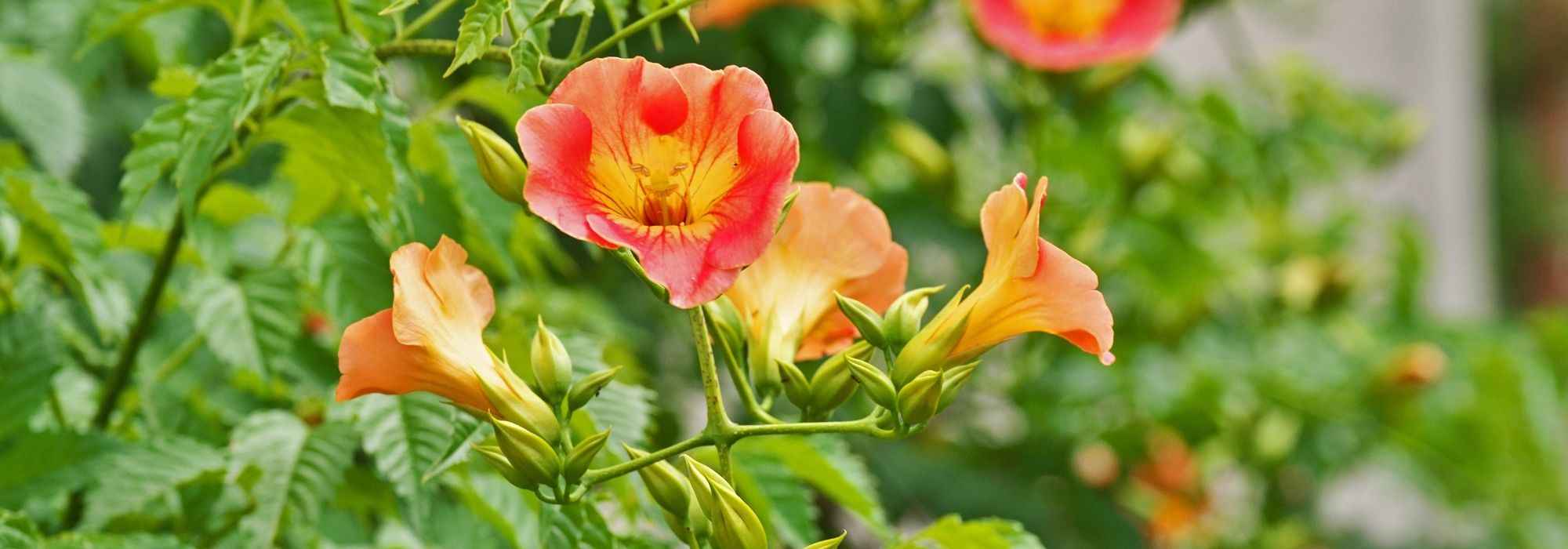
Diseases and pests of the trumpet vine
Recognising and combating ailments of Campsis
Contents
The trumpet vine is a vigorous climbing plant, benefiting from good resistance to diseases. It is also largely disregarded by parasitic pests. However, powdery mildew can sometimes appear on its foliage. Although rarely severe, it can also be subject to attacks from mealybugs, aphids, red spider mites, or whiteflies in the south of France.
Identification and treatments, here’s how to combat the diseases and pests of the trumpet vine.
Trumpet vine and powdery mildew
Common fungal disease in the garden, powdery mildew is also sometimes referred to as “white disease” and “white rot” due to the Erysiphaceae, microscopic fungi, that cause it. Indeed, powdery mildew is easily recognisable by the greyish-white, farinose fluff that settles on young leaves, new shoots, or even on flower buds.
Other characteristics include the affected leaves becoming stiff and distorted. Sometimes, they may even develop holes. As for the flower buds and fruits, they curl up, leading to a significant reduction in the flowering of the trumpet vine.
Appearance of powdery mildew, the causes
The development of powdery mildew is favoured by confined environments, cool and humid weather with temperatures around 15°C. This disease primarily manifests at the end of spring and in autumn.
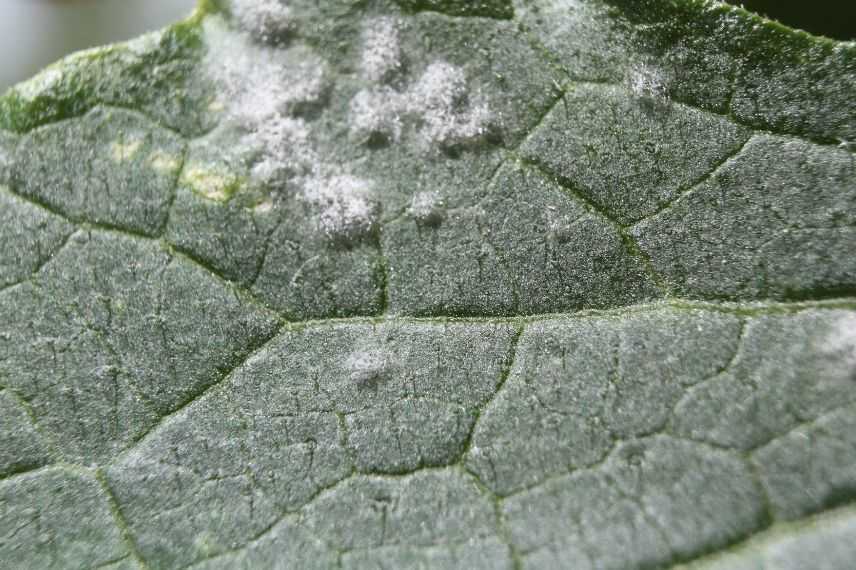
Powdery mildew
Preventing powdery mildew on the trumpet vine
To protect your trumpet vine from powdery mildew:
- preferably plant it in a well-ventilated space. Good air circulation around the plants is crucial here.
- Mulch the base of your trumpet vine and avoid excessive and frequent watering.
- Avoid amendments that are too rich in nitrogen as they increase the plant’s sensitivity to powdery mildew and reduce its flowering in favour of foliage.
- Avoid pruning your trumpet vine too severely, as this operation stimulates the development of new shoots, which are more susceptible to powdery mildew.
Natural treatments to combat powdery mildew
At the first signs of powdery mildew, immediately remove all infected leaves and dispose of them. Be careful not to place them in your compost bin, as this could contaminate the entire garden.
During the following month, spray a baking soda solution on the dry foliage of your trumpet vine every week. To prepare this solution, mix:
- 5 teaspoons of baking soda;
- 3 tablespoons of black soap;
- and 5 litres of warm water.

This is not a fungicide, as this solution does not kill the fungi. However, it effectively blocks their development.
The decoction of horsetail is also a good treatment against powdery mildew. Every 10 days during the sensitive season, spray this decoction in the morning or evening on the leaves of the trumpet vine.
If these two solutions are not sufficient, use an essential oil of garlic or thyme. These have fungicidal properties. Be careful to protect yourself when using them. To prepare your fungicide, dissolve 20 drops of garlic or thyme essential oil in a teaspoon of black soap, and mix it all with a glass of water.
Read also
7 trumpet vines: the reliable choicesThe pests of the trumpet vine
The main enemies of the trumpet vine are mealybugs, aphids, red spider mites, and white leafhoppers. Note that trumpet vines are often visited by ants, but their presence is generally harmless to the plant, although they may indicate an aphid invasion (ants farm aphids to feed on their honeydew).
Aphids and the trumpet vine
Generally well visible, aphids form compact colonies on the stems, young shoots, and buds of the trumpet vine.
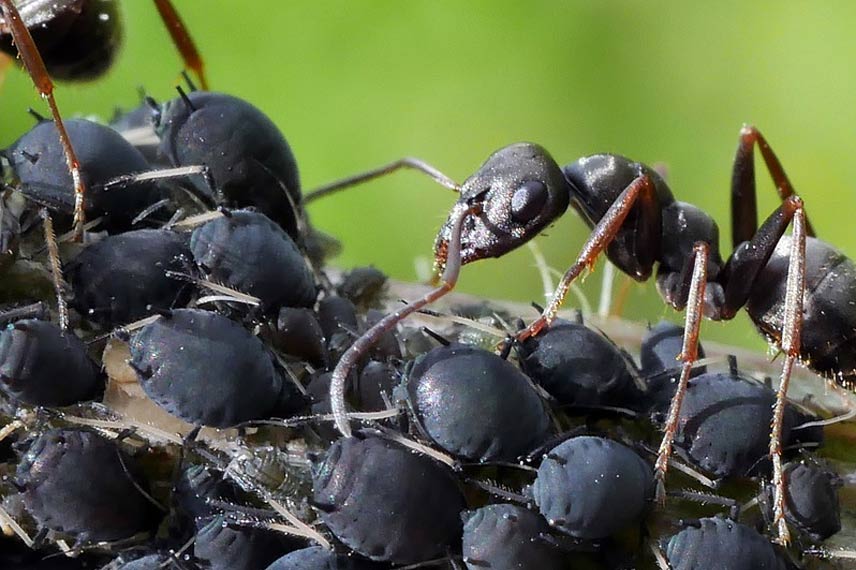
They secrete a sticky honeydew on the leaves. Aphids often settle on the undersides of leaves, causing them to curl.
- By promoting biodiversity in your garden, aphids will be quickly eliminated by birds, ladybirds, or lacewings, which are their natural predators.
- Apply soapy water sprays to dislodge the aphids.
- Nettle manure, a decoction made from soaking chopped nettle leaves in water, is also relatively effective against this pest.
- Note that there are also ready-to-use treatment products to combat aphids, which are approved for organic farming. Products based on natural pyrethrins, deltamethrin, or fatty acids.
Mealybugs and the trumpet vine
Mealybugs are easily recognisable by the white, cottony masses they form on the leaves of the trumpet vine.
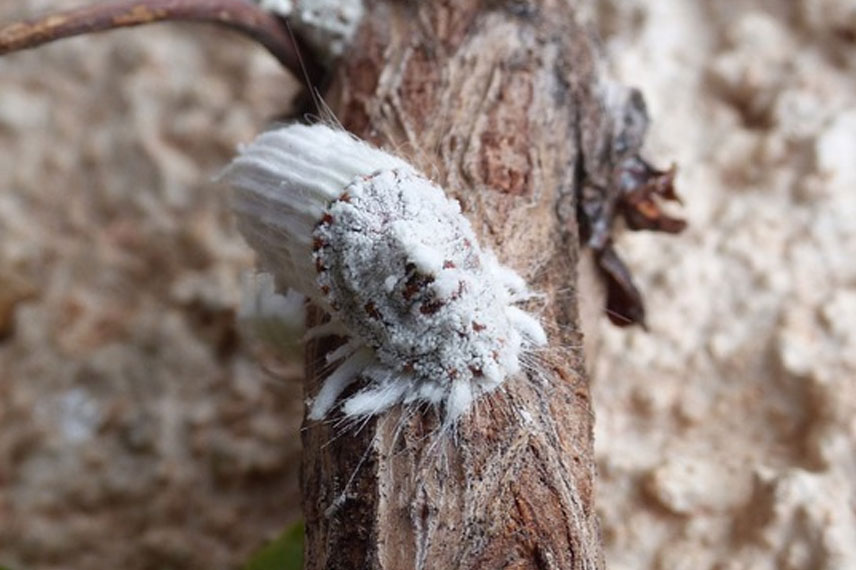
- To stop the spread of mealybugs, start by soaking a cotton ball in 90°C alcohol and using it to clean the leaves of your trumpet vine. Rinse them afterwards with a damp cloth.
- Finally, apply canola oil sprays that should be repeated two or three times at 15-day intervals.
Red spider mites and the trumpet vine
The red spider mite, Tetranychus urticae, is a tiny mite that thrives in warm, dry conditions. Infestations of red spider mites are therefore more frequent in summer.
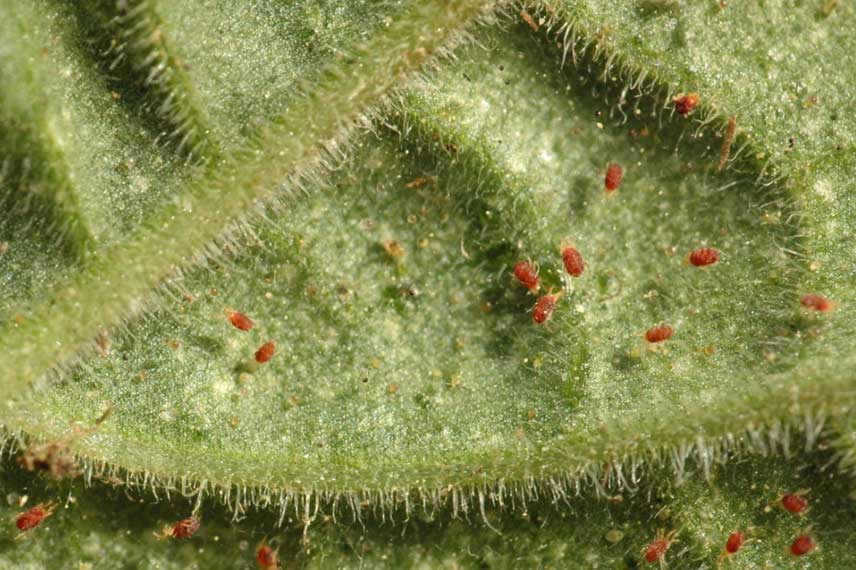
This mite has the particularity of attacking plants grown in the garden, as well as those kept in greenhouses or indoors. Difficult to see with the naked eye due to their small size, red spider mites can be spotted by the fine webs they weave around the leaves and stems. Leaves speckled with white or yellow dots, turning entirely yellow or greyish, can also alert you.
- To rid your trumpet vine of them, regularly spray water on the foliage. This operation is usually sufficient to halt a light infestation.
- In case of a widespread invasion, spray a nettle infusion on the plant’s foliage.
White leafhopper
The white leafhopper, or frosty leafhopper (Metcalfa pruinosa), is only found in the south of France. A cousin of the cicada and aphid, it closely resembles a white grasshopper.
It is notably recognised by the discolouration of the leaves of the trumpet vine, which occurs in the form of tiny speckles, then larger patches. The presence of honeydew, dark, sticky, and viscous droplets, is also a good indicator.
To combat the white leafhopper, use sprays of pyrethrum, neem oil, black soap, or kaolinite solution.
Discover other Campsis - Trumpet Creeper
View all →Available in 0 sizes
Available in 0 sizes
Available in 1 sizes
Available in 2 sizes
Available in 1 sizes
Available in 3 sizes
Available in 1 sizes
Available in 1 sizes
Available in 1 sizes
Available in 2 sizes
- Subscribe!
- Contents

































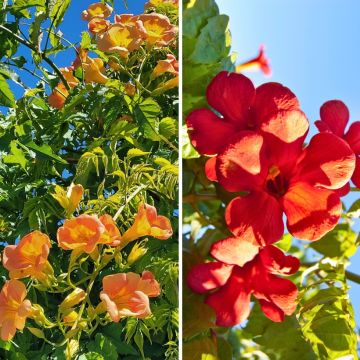
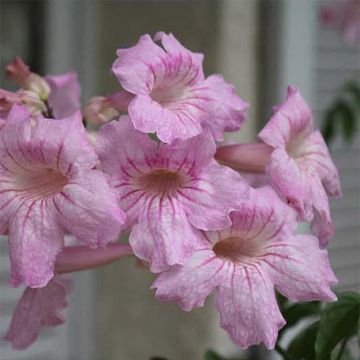
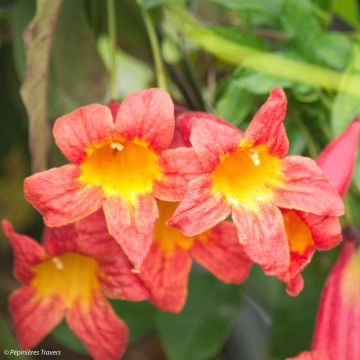


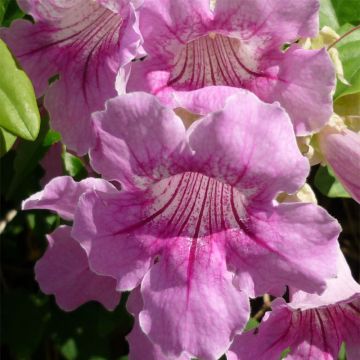



Comments